Home>Gardening & Outdoor>Plant Care & Gardening Tips>How To Convert Lawn To Wildflower Meadow
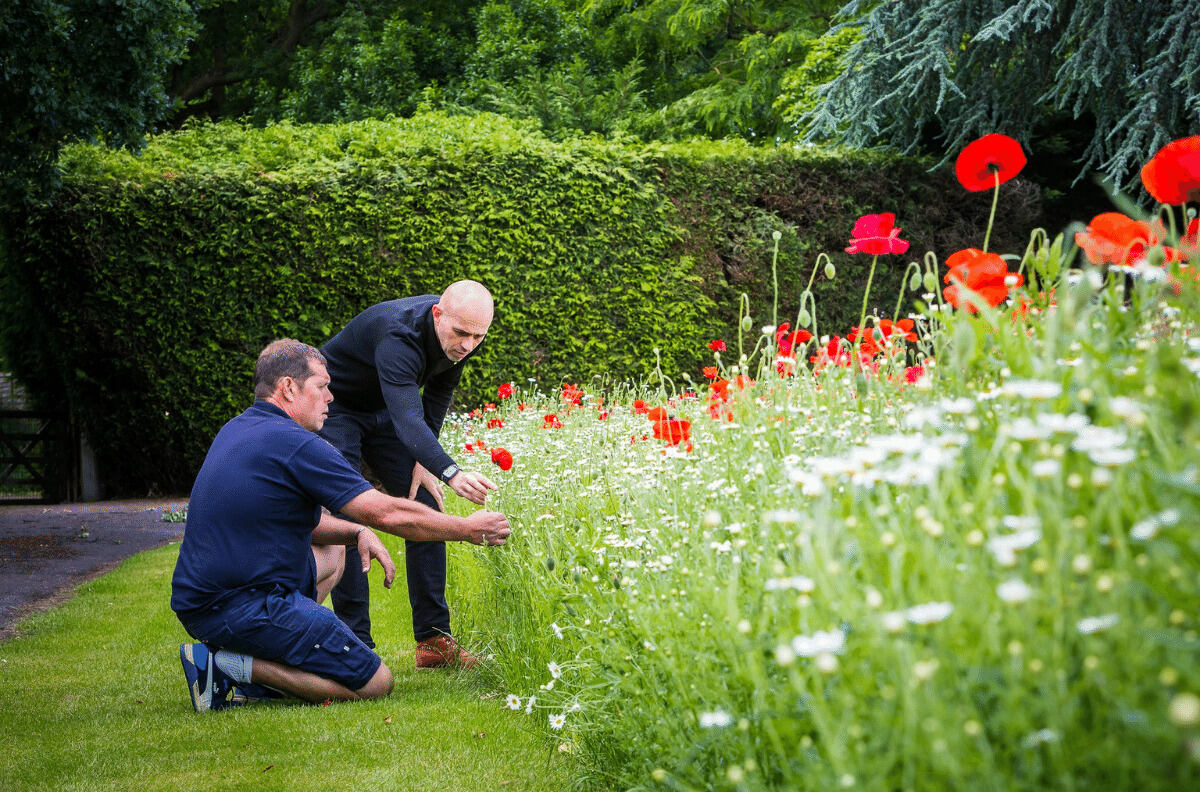

Plant Care & Gardening Tips
How To Convert Lawn To Wildflower Meadow
Modified: March 2, 2024
Learn how to transform your lawn into a beautiful wildflower meadow with expert plant care and gardening tips. Create a vibrant and sustainable outdoor space with our step-by-step guide.
(Many of the links in this article redirect to a specific reviewed product. Your purchase of these products through affiliate links helps to generate commission for Storables.com, at no extra cost. Learn more)
Introduction
So, you've decided to transform your traditional, uniform lawn into a vibrant, biodiverse wildflower meadow. Congratulations on taking this exciting step towards creating a more sustainable and ecologically beneficial outdoor space! Converting a conventional lawn into a wildflower meadow not only adds natural beauty to your surroundings but also provides essential resources for pollinators and other wildlife.
In this comprehensive guide, we will walk you through the step-by-step process of transforming your lawn into a thriving wildflower meadow. From assessing your current lawn to selecting the right wildflower seeds and providing ongoing care, you will gain valuable insights and practical tips to ensure the success of this rewarding endeavor.
Embarking on this journey will not only enhance the visual appeal of your outdoor space but also contribute to the conservation of native plant species and the overall health of the environment. So, let's dive into the fascinating world of wildflower meadows and discover how to bring this natural wonder to life in your own backyard.
Key Takeaways:
- Transforming your lawn into a wildflower meadow supports local wildlife and creates a beautiful, low-maintenance outdoor space. Assess your lawn, remove existing grass, prepare the soil, choose diverse wildflower seeds, and provide ongoing care for a thriving meadow.
- By carefully selecting native wildflower seeds and providing attentive maintenance, you can create a vibrant and biodiverse meadow that supports pollinators and local ecosystems. Embrace the journey of nurturing your wildflower meadow and celebrate its ever-changing beauty.
Read more: How To Maintain A Wildflower Meadow
Step 1: Assessing Your Lawn
Before diving into the process of converting your lawn into a wildflower meadow, it is crucial to assess the current state of your lawn and its surroundings. By conducting a thorough assessment, you can gain valuable insights into the soil quality, sunlight exposure, and existing plant species, which will inform your approach to the transformation.
Begin by observing the patterns of sunlight and shade across your lawn. Take note of areas that receive full sun, partial shade, and full shade throughout the day. Understanding these light conditions will help you select the most suitable wildflower species, as different varieties thrive in varying levels of sunlight.
Next, evaluate the soil quality in different areas of your lawn. You can perform a simple soil test using a kit available at gardening stores or seek professional assistance to assess the pH level and nutrient content of the soil. This information will guide you in determining whether any soil amendments are necessary to create an optimal environment for wildflower growth.
Furthermore, take note of any existing plant species within your lawn. Are there native wildflowers, grasses, or other plants already growing in certain areas? Identifying native species can help you preserve and incorporate them into the new meadow, fostering a diverse and resilient ecosystem.
Consider the topography of your lawn as well. Are there any areas prone to excessive moisture or poor drainage? Understanding the natural features of your outdoor space will enable you to make informed decisions when preparing the soil and selecting appropriate wildflower species for different microenvironments.
Lastly, assess the current maintenance practices and potential sources of disturbance in your lawn. Are there frequent mowing, pesticide application, or other activities that may impact the establishment of a wildflower meadow? By understanding these factors, you can develop a plan to minimize disruptions and support the successful transition to a biodiverse and low-maintenance wildflower meadow.
By thoroughly assessing your lawn and its surroundings, you will lay a solid foundation for the subsequent steps in the conversion process. This thoughtful approach will ensure that your wildflower meadow thrives in harmony with its natural environment, creating a haven for pollinators and a captivating tapestry of native flora.
Step 2: Removing Existing Grass
Once you have assessed your lawn and are ready to embark on the transformation journey, the next step involves preparing the ground by removing the existing grass. This essential phase sets the stage for the successful establishment of a diverse and flourishing wildflower meadow.
There are several methods for removing existing grass, each with its own benefits and considerations. One approach is to use a sod cutter to physically remove the top layer of grass and roots. This method is effective for larger lawn areas and provides a clean slate for preparing the soil. Alternatively, you can opt for solarization, a natural process that involves covering the grassy areas with clear plastic to harness the sun’s heat and effectively kill the grass and weed seeds beneath it. Solarization is an eco-friendly method that eliminates the need for chemical herbicides.
If you prefer a non-invasive approach, smothering the existing grass with layers of cardboard or thick mulch can effectively suppress its growth. This method, known as sheet mulching, gradually breaks down the grass while enriching the soil with organic matter. It is important to ensure that the materials used for smothering are free from toxic inks or chemicals to prevent any adverse effects on the soil and future plant growth.
Whichever method you choose, it is crucial to thoroughly clear the area of existing grass and ensure that the soil is exposed and ready for the next steps in the conversion process. Take care to remove any remaining roots or debris to create a clean and receptive canvas for the forthcoming wildflower meadow.
By effectively removing the existing grass, you are creating an optimal environment for the successful establishment of diverse wildflower species. This preparatory phase sets the stage for the next steps, where you will enrich the soil and sow the seeds of a vibrant and biodiverse meadow that will captivate the senses and support local ecosystems.
Step 3: Preparing the Soil
With the existing grass removed, the next crucial step in the conversion process is to prepare the soil to provide an ideal foundation for the growth and flourishing of diverse wildflower species. By enriching and conditioning the soil, you will create a nurturing environment that supports the establishment and long-term vitality of your wildflower meadow.
Begin by loosening the soil to a depth of several inches using a garden fork or a tiller. This process, known as cultivation, helps improve soil aeration and drainage while facilitating the incorporation of organic amendments. It is essential to avoid excessive tilling, as this can disrupt the soil structure and lead to the exposure of weed seeds.
Once the soil is loosened, consider incorporating organic matter such as compost or well-rotted manure. These valuable amendments enhance the soil’s fertility, structure, and ability to retain moisture, creating an optimal environment for the establishment of wildflowers. Work the organic matter into the soil evenly, ensuring thorough distribution throughout the planting area.
Conduct a soil test to assess the pH level and nutrient content of the soil. Based on the results, you may need to adjust the pH by adding lime to raise it or elemental sulfur to lower it. Additionally, you can supplement the soil with balanced organic fertilizers to provide essential nutrients for the initial growth of wildflower seeds and young plants.
Consider the specific needs of the wildflower species you have selected and tailor the soil preparation process accordingly. Some wildflowers thrive in well-drained, sandy soils, while others prefer loamy or clay soils. By understanding the soil preferences of your chosen wildflowers, you can fine-tune the soil preparation to create microenvironments that cater to the diverse needs of different plant species.
Finally, ensure that the soil surface is level and free of large clumps, rocks, and debris to provide an even and conducive bed for sowing the wildflower seeds. By meticulously preparing the soil, you are laying the groundwork for a thriving and resilient wildflower meadow that will enrich your outdoor space and support local biodiversity for years to come.
Before converting your lawn to a wildflower meadow, make sure to remove any existing grass and weeds. This can be done by using a sod cutter or by smothering the area with a thick layer of mulch.
Step 4: Choosing Wildflower Seeds
When it comes to creating a captivating and diverse wildflower meadow, the selection of the right wildflower seeds is a pivotal step that significantly influences the beauty and ecological impact of the resulting meadow. The process of choosing wildflower seeds involves considering factors such as regional suitability, bloom time, and desired aesthetic and ecological outcomes.
Begin by researching native wildflower species that are well-adapted to your specific region and climate. Native wildflowers are essential for supporting local pollinators and wildlife, and they are naturally suited to the environmental conditions of your area. Local botanical gardens, native plant nurseries, and online resources can provide valuable information on native wildflowers that are suitable for your region.
Consider the bloom time and duration of different wildflower species to create a dynamic and long-lasting display of colors and textures in your meadow. By selecting a diverse mix of wildflowers with varying bloom times, you can ensure that your meadow remains vibrant and visually captivating throughout the growing season, providing essential nectar and pollen for pollinators at different times of the year.
Furthermore, think about the ecological benefits you aim to achieve with your wildflower meadow. Are you primarily interested in supporting pollinators, providing habitat for wildlife, or creating a visually stunning display of native flora? Tailor your seed selection to align with your ecological goals, whether they involve fostering biodiversity, conserving native plant species, or enhancing the aesthetic appeal of your outdoor space.
When choosing wildflower seeds, it is essential to prioritize quality and diversity. Seek out reputable seed suppliers or nurseries that offer high-quality, regionally appropriate wildflower seed mixes. Look for mixes that contain a diverse array of species, including flowers, grasses, and other native plants, to create a balanced and resilient ecosystem within your meadow.
Ultimately, the process of choosing wildflower seeds is an opportunity to craft a living tapestry that reflects the unique beauty and ecological richness of your local environment. By thoughtfully selecting a diverse mix of native wildflower seeds, you are sowing the seeds of a vibrant and biodiverse meadow that will enchant and sustain local wildlife while bringing joy and inspiration to all who encounter it.
Read more: Why Are Wildflower Meadows Important?
Step 5: Planting the Wildflower Seeds
As you embark on the exciting phase of planting wildflower seeds, you are poised to bring your vision of a vibrant and biodiverse meadow to life. The process of sowing wildflower seeds involves careful planning, strategic timing, and a thoughtful approach to ensure the successful establishment of diverse plant species within your meadow.
Before sowing the seeds, prepare the planting area by raking the soil to create a fine, level surface. This will facilitate good seed-to-soil contact, which is essential for germination. Aim to achieve a firm seedbed while avoiding compacting the soil excessively, as this can hinder seedling emergence.
Consider the timing of seed sowing, which is influenced by the specific requirements of the wildflower species you have chosen. Some wildflowers benefit from being sown in the fall to undergo natural stratification, a cold-moist treatment that breaks seed dormancy and enhances germination. Others may be best sown in the spring, following the last frost date in your area.
When sowing the seeds, aim for an even distribution across the planting area. Depending on the size of your meadow, you can sow the seeds by hand broadcasting or use a seed spreader for larger areas. Lightly rake the seeds into the soil at the recommended depth specified for each species, ensuring that they are adequately covered while still receiving the light they need to germinate.
After sowing the seeds, gently tamp the soil to ensure good seed-to-soil contact, which promotes germination. Water the planting area gently, using a fine mist or a sprinkler, to provide moisture without disturbing the seeds. Keep the soil consistently moist but not waterlogged during the germination and establishment period, which may vary depending on the species.
Be mindful of potential threats to the newly sown seeds, such as birds or excessive rainfall, and take appropriate measures to protect the planting area. Using a lightweight row cover or applying a thin layer of weed-free straw can help safeguard the seeds and emerging seedlings while allowing light to penetrate.
By carefully planting the wildflower seeds and providing the necessary care during the critical germination and establishment phase, you are nurturing the potential for a thriving and diverse meadow that will blossom into a haven for pollinators, wildlife, and nature enthusiasts alike.
Step 6: Maintenance and Care
Once the wildflower seeds have been sown and the initial stages of growth have begun, it is essential to provide ongoing maintenance and care to support the development of a healthy and vibrant meadow. By implementing thoughtful maintenance practices, you can nurture the diversity of plant species, encourage pollinator activity, and ensure the long-term success of your wildflower meadow.
Regular monitoring of the meadow is crucial to assess the progress of the wildflower species and identify any potential issues that may arise. Take time to observe the growth patterns, flowering cycles, and interactions between different plant species within the meadow. This attentive approach allows you to intervene if necessary and address any emerging challenges promptly.
Watering the meadow, particularly during dry periods, is important to support the establishment and growth of the wildflower species. While native wildflowers are generally well-adapted to local environmental conditions, supplemental watering may be beneficial, especially during the initial stages of establishment. Aim to provide deep, infrequent watering to encourage robust root development.
As the wildflowers begin to bloom and set seed, resist the urge to mow or trim the meadow until the majority of the wildflower species have completed their life cycle. Allowing the plants to mature and set seed promotes the natural reseeding of the meadow, contributing to its sustainability and long-term resilience. Once the majority of the plants have gone to seed, you can mow the meadow to a height of 4-6 inches to promote the dispersal of seeds for the following season.
Managing weed competition is an integral part of maintaining a healthy wildflower meadow. While some degree of weed presence is natural and can contribute to the overall biodiversity of the meadow, it is important to address aggressive or invasive weeds that may threaten the establishment of the wildflower species. Hand-weeding and targeted management practices can help maintain a balanced and diverse plant community within the meadow.
Consider incorporating prescribed burns or selective mowing in subsequent years to rejuvenate the meadow and prevent the dominance of certain plant species. These practices can mimic natural disturbances and promote the diversity and resilience of the meadow over time. Always research and implement these techniques with caution and consideration for safety and local regulations.
By providing attentive maintenance and care, you can cultivate a thriving and resilient wildflower meadow that not only enhances the beauty of your outdoor space but also contributes to the conservation of native plant species and the vital support of local pollinators and wildlife.
Conclusion
Congratulations on completing the transformative journey of converting your traditional lawn into a captivating and biodiverse wildflower meadow! By embracing this endeavor, you have not only enriched the natural beauty of your outdoor space but also contributed to the preservation of native plant species and the vital support of local ecosystems.
As your wildflower meadow flourishes and evolves, it will serve as a vibrant tapestry of colors and textures, providing essential resources for pollinators, supporting local wildlife, and captivating the senses of all who encounter its natural splendor. The meadow’s dynamic display of native wildflowers, grasses, and other plants will create a haven of biodiversity, offering moments of wonder and inspiration throughout the changing seasons.
Embracing the ongoing journey of caring for your wildflower meadow is an opportunity to deepen your connection with nature and cultivate a harmonious relationship with the living world around you. By providing attentive maintenance, fostering the resilience of the meadow, and celebrating its ever-changing beauty, you are contributing to the conservation of native flora and the promotion of sustainable, ecologically beneficial landscapes.
Moreover, your wildflower meadow will serve as a living testament to the power of natural beauty and the importance of preserving diverse and resilient ecosystems. It will inspire others to consider the potential of their outdoor spaces as sanctuaries for native plants and wildlife, fostering a collective appreciation for the intricate and awe-inspiring web of life that surrounds us.
As you continue to nurture and cherish your wildflower meadow, may it serve as a source of joy, wonder, and connection with the natural world, reminding us of the profound impact that small acts of conservation and stewardship can have on the greater tapestry of life.
Thank you for embarking on this transformative journey and for your commitment to creating a more sustainable and enchanting world right in your own backyard.
Frequently Asked Questions about How To Convert Lawn To Wildflower Meadow
Was this page helpful?
At Storables.com, we guarantee accurate and reliable information. Our content, validated by Expert Board Contributors, is crafted following stringent Editorial Policies. We're committed to providing you with well-researched, expert-backed insights for all your informational needs.
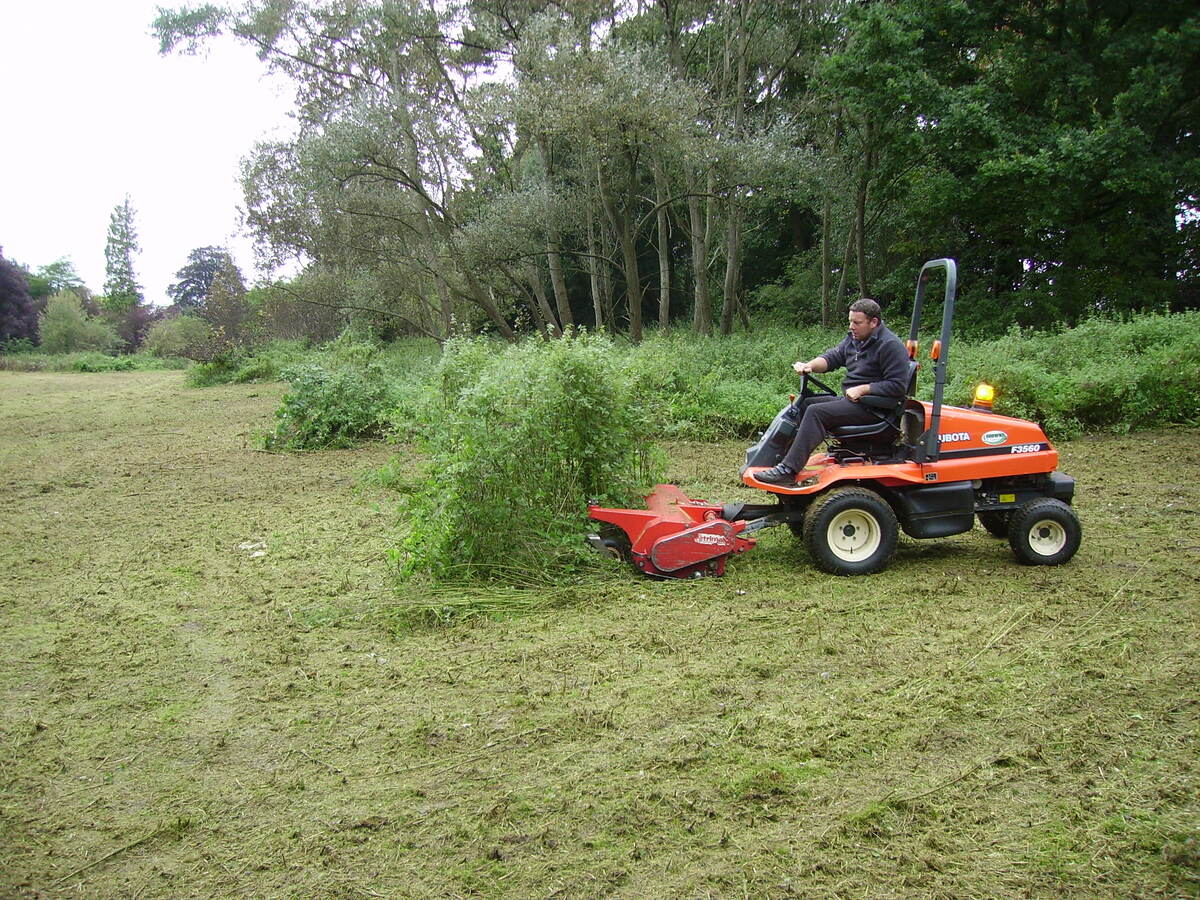
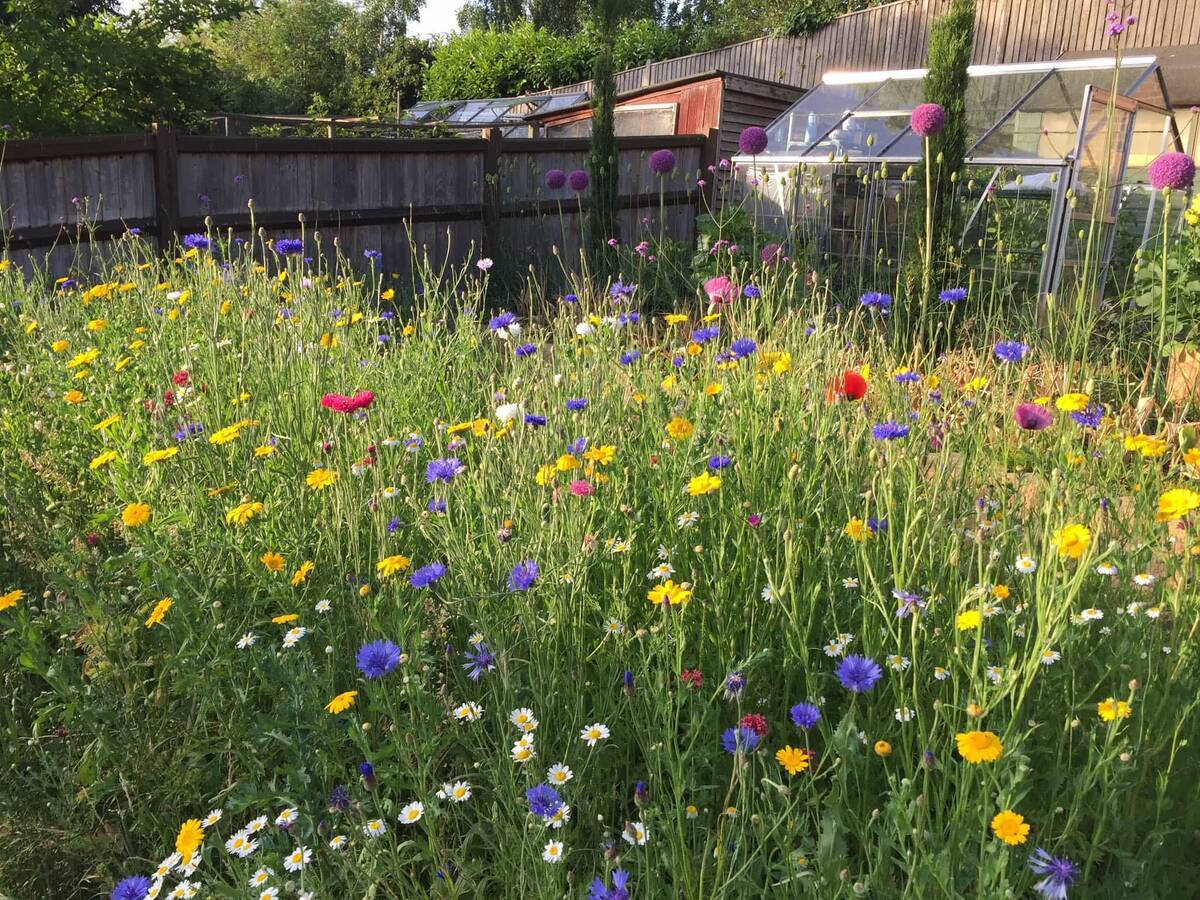
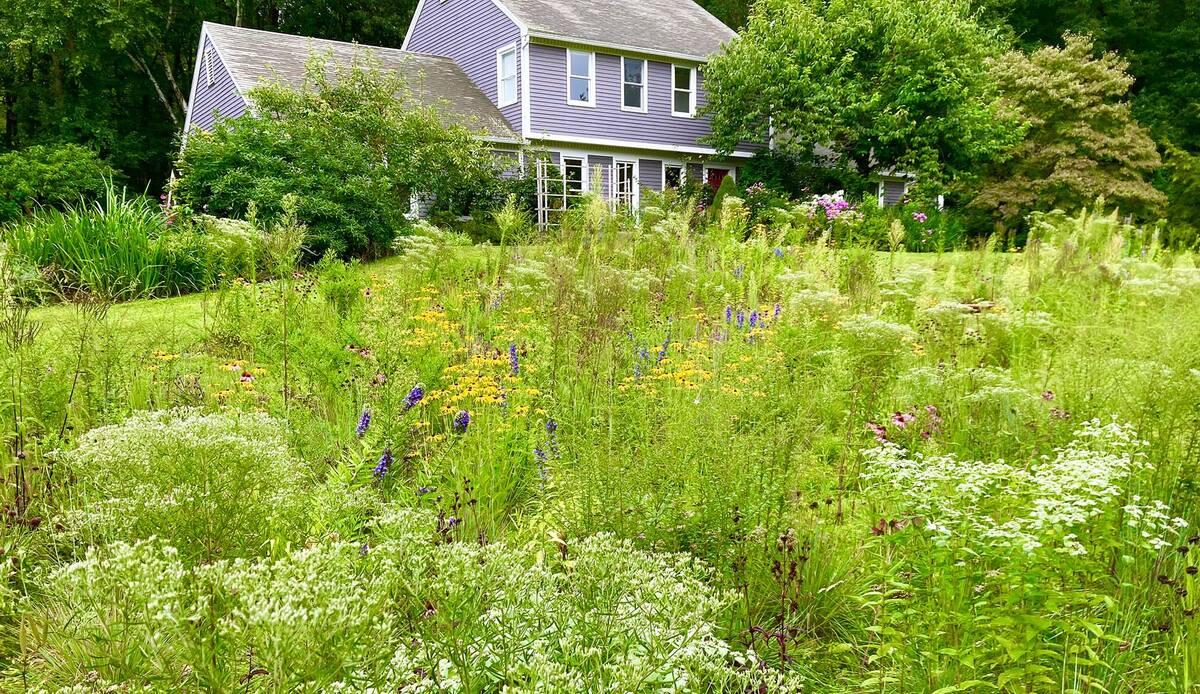
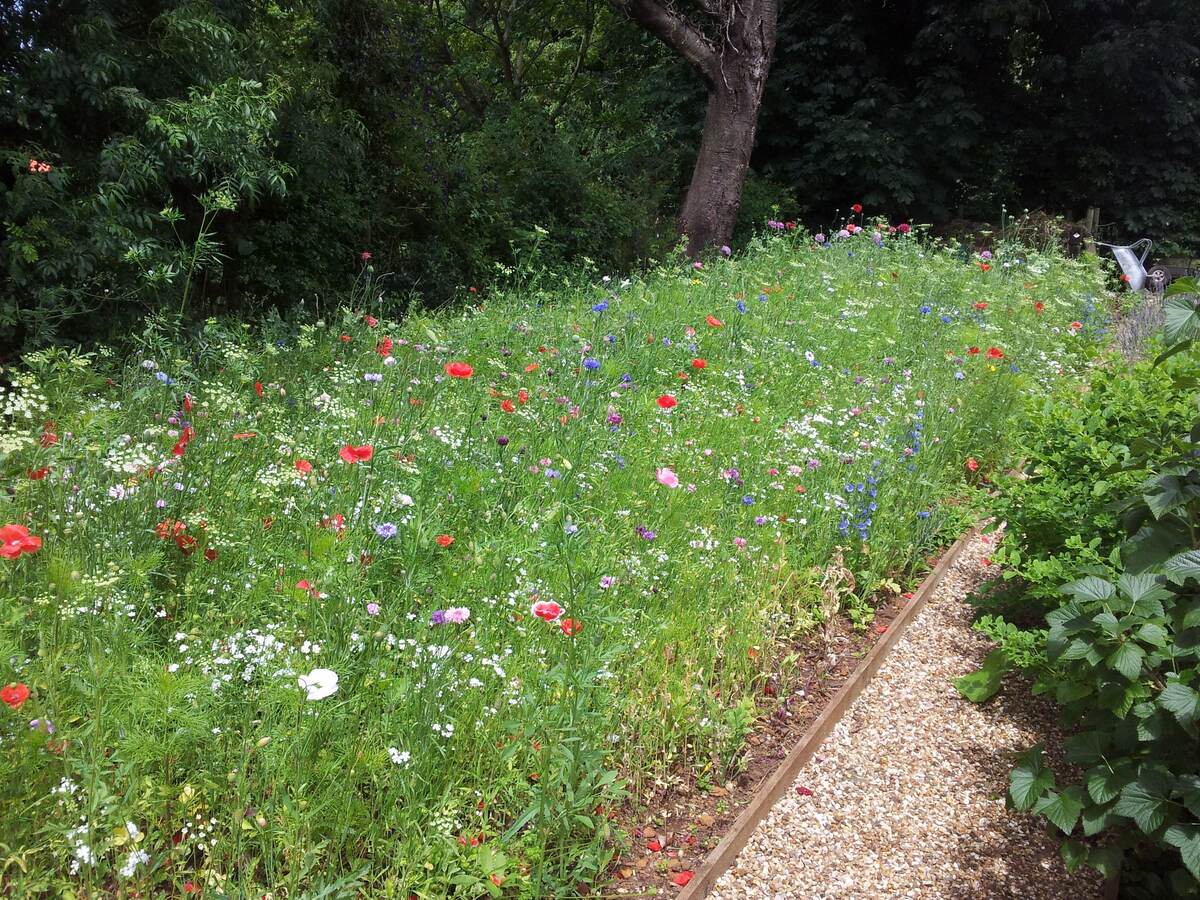
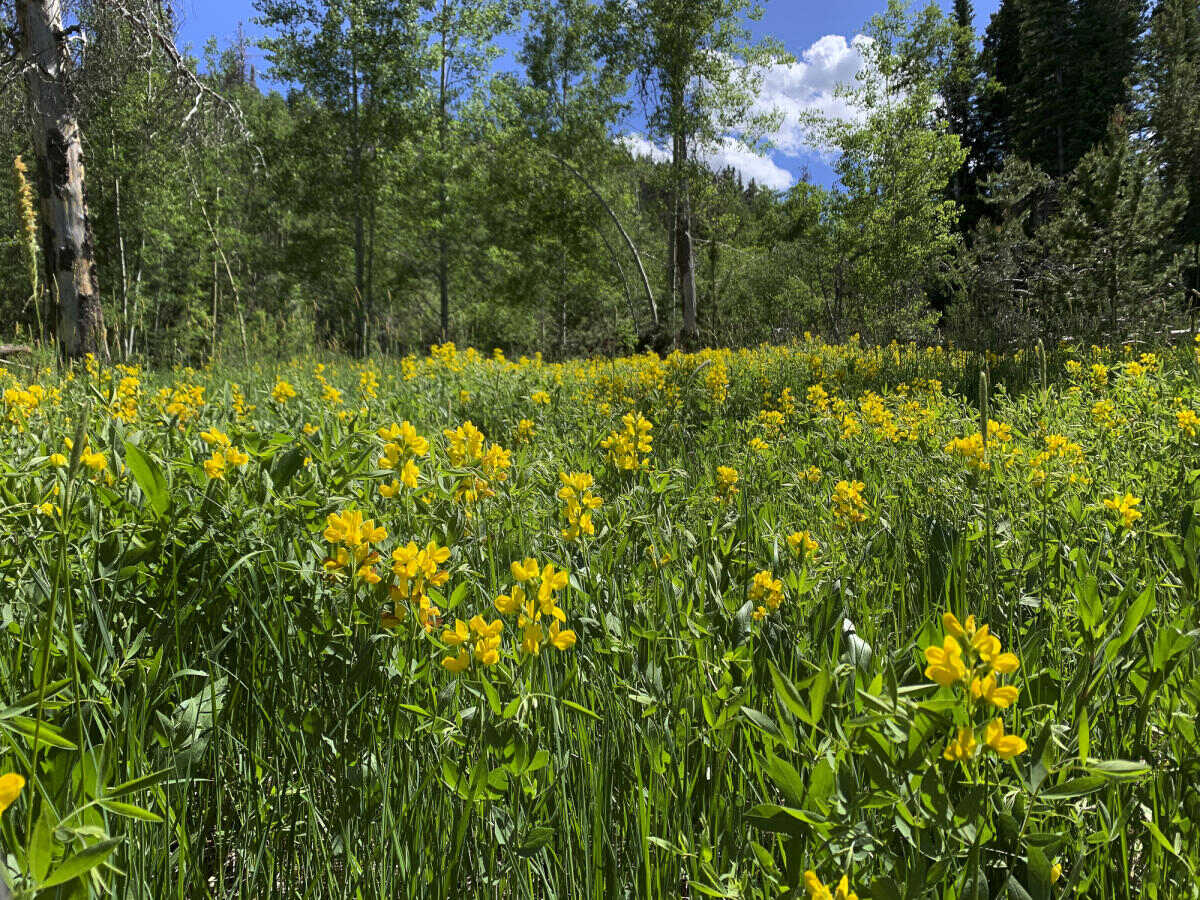
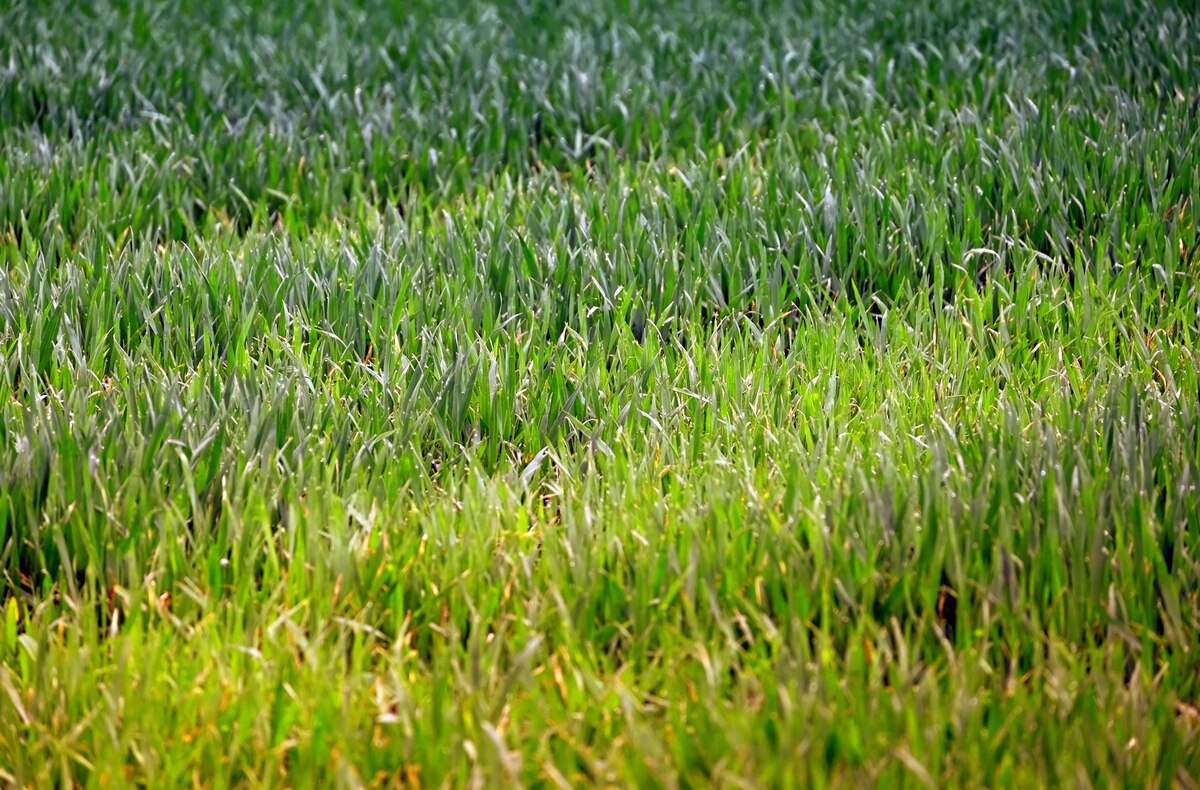

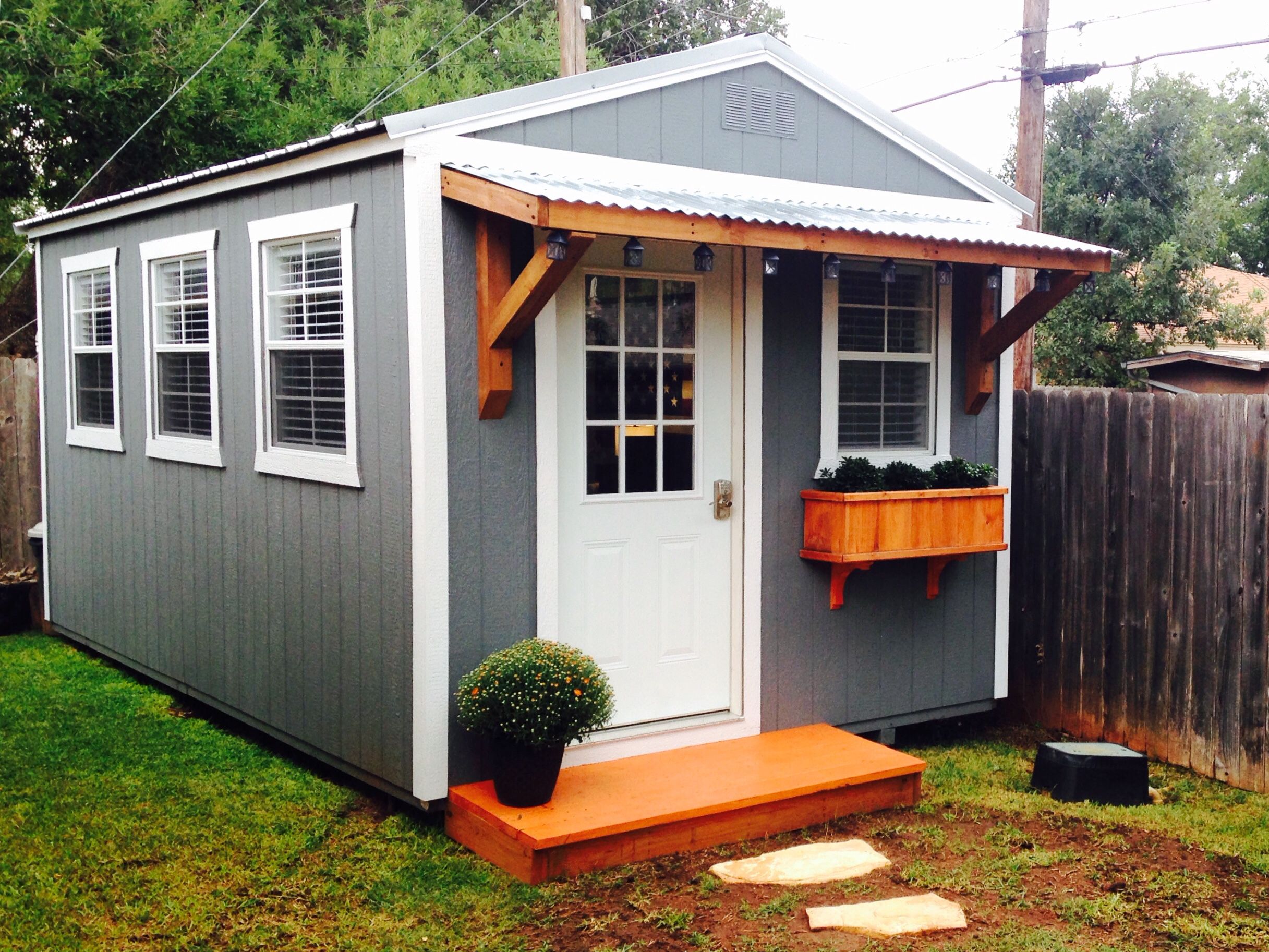


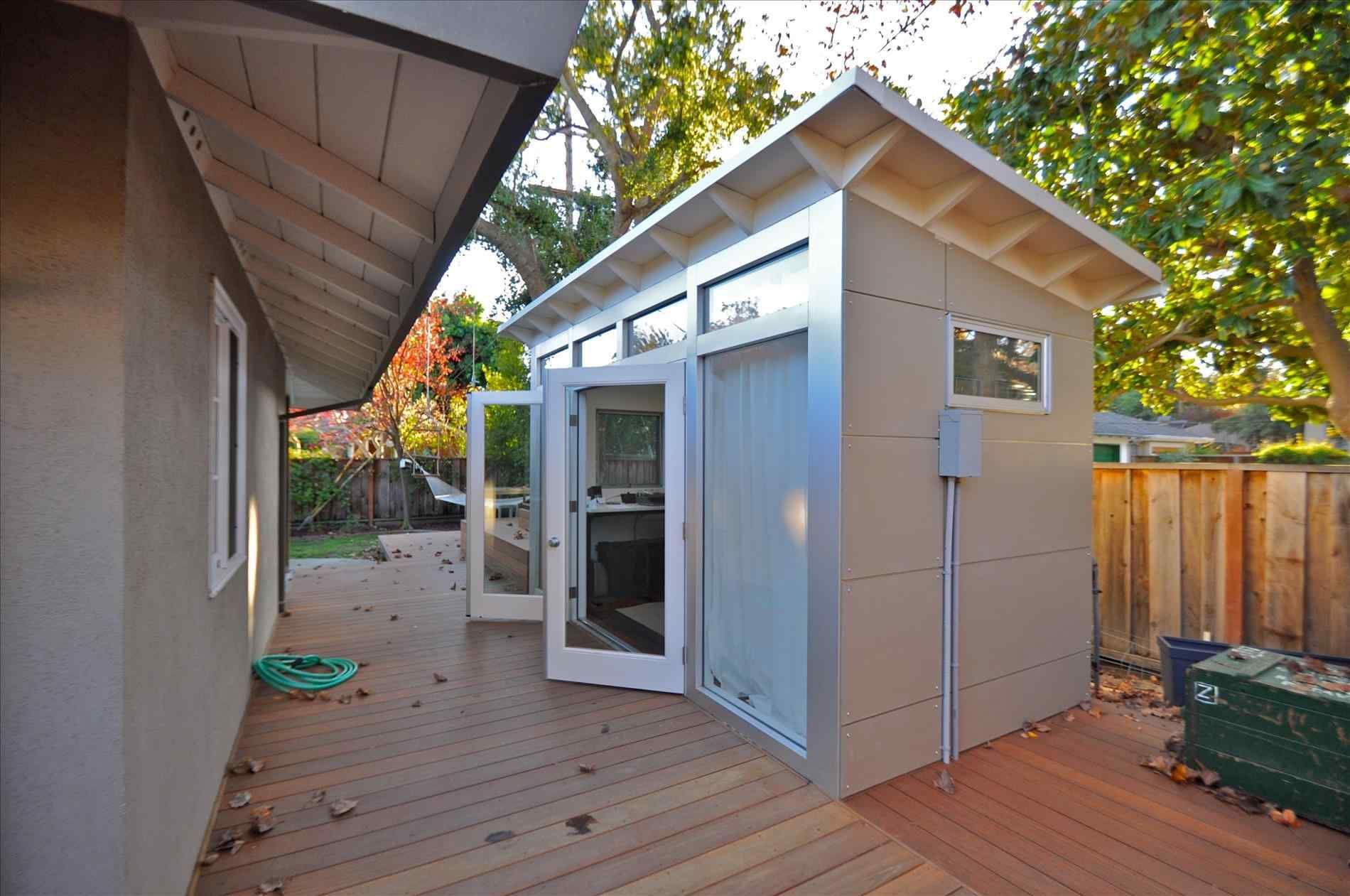
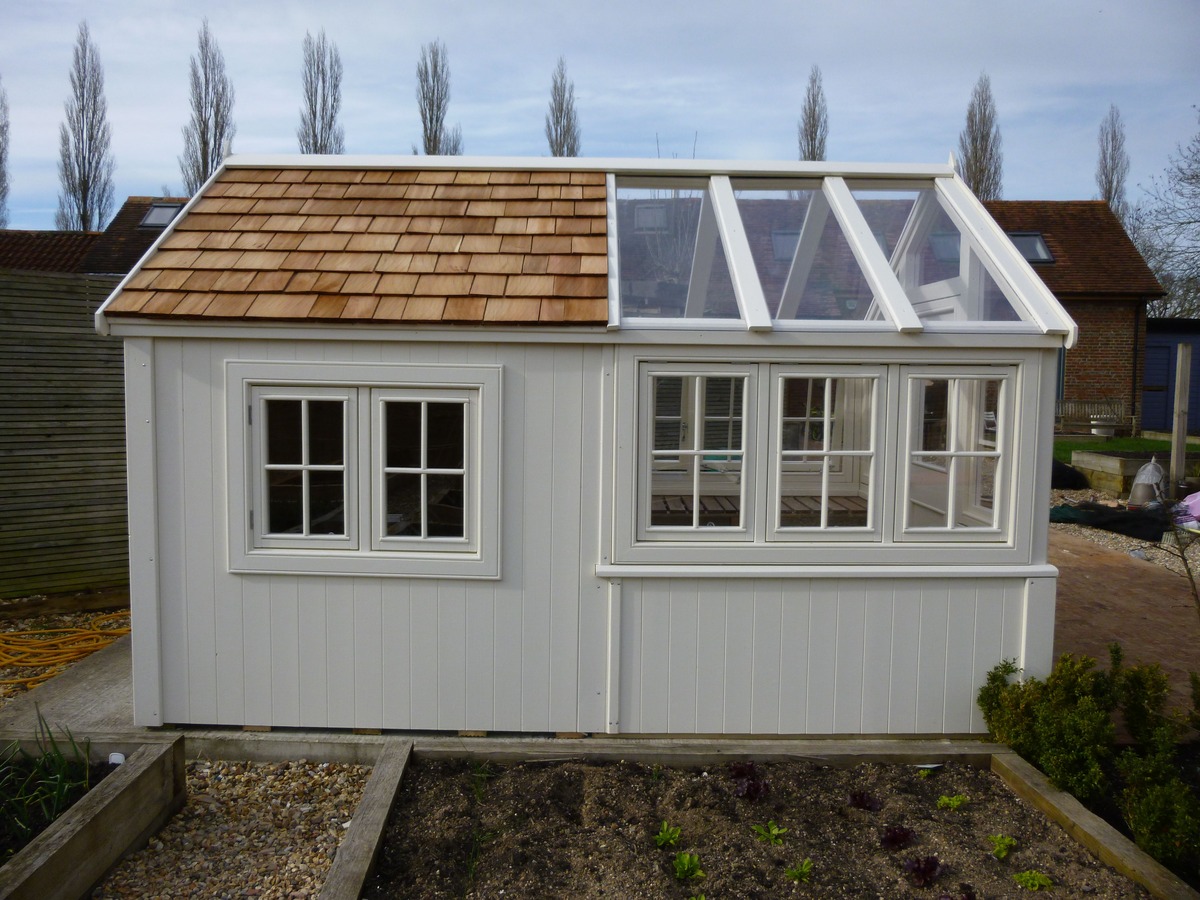
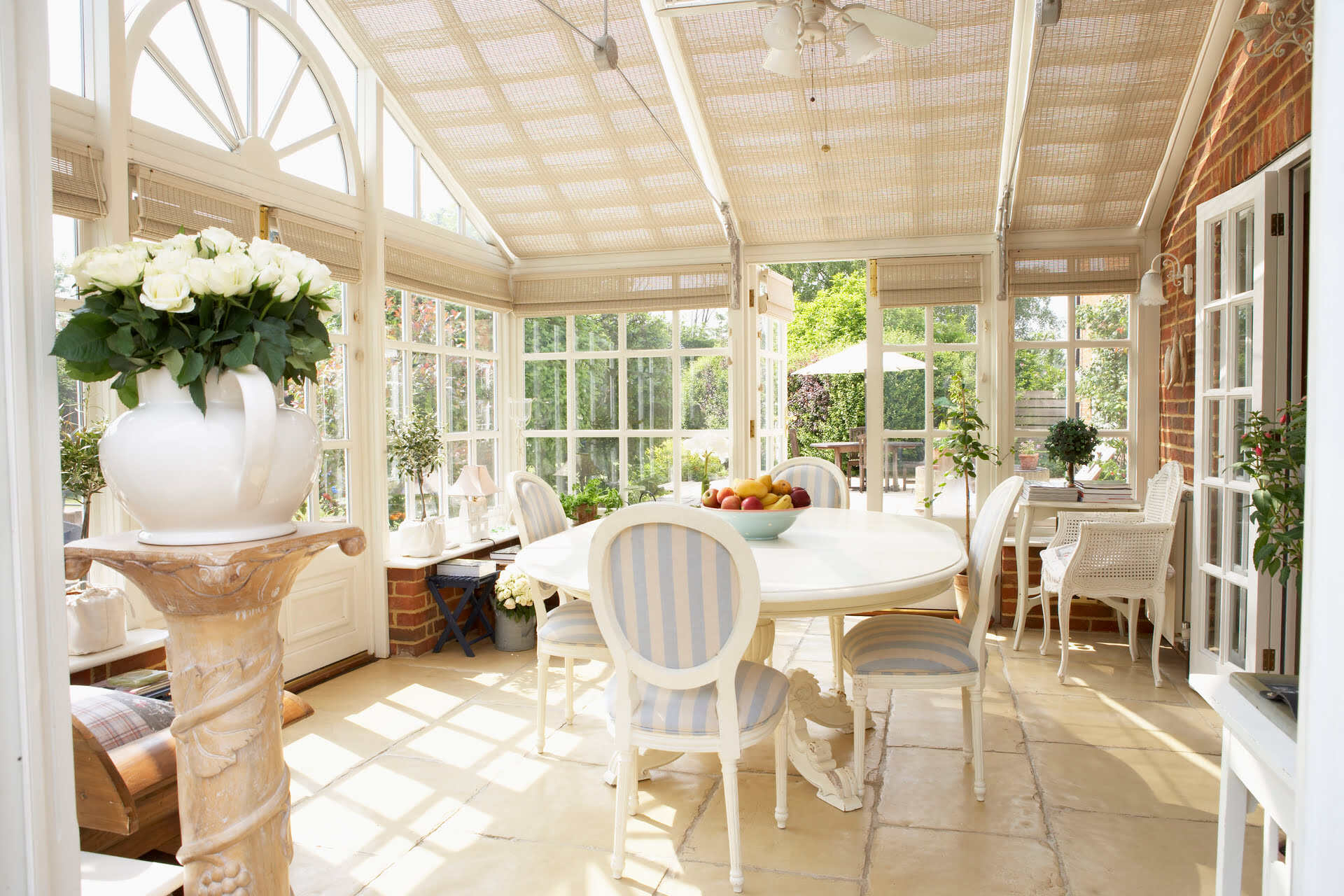
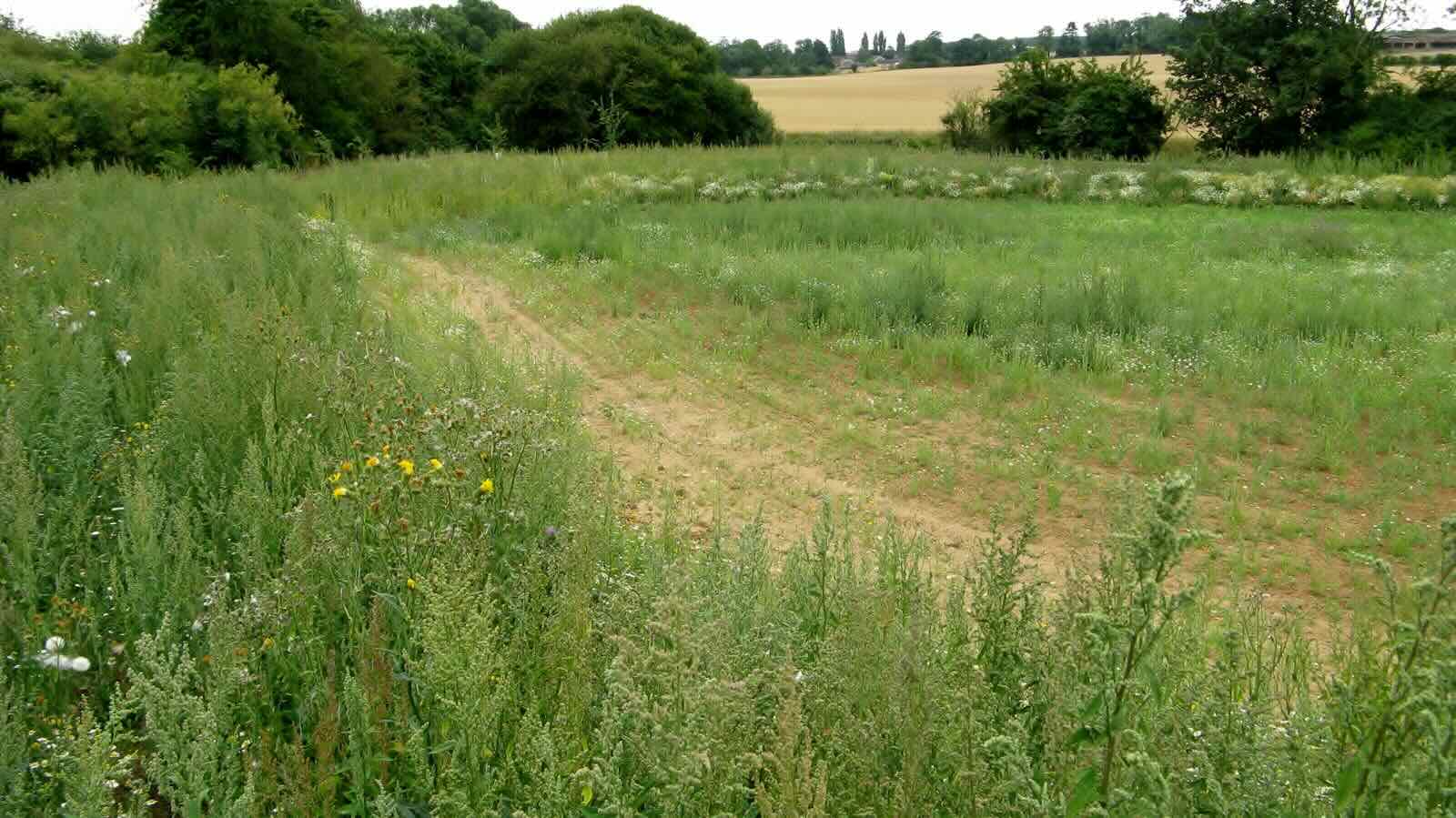

0 thoughts on “How To Convert Lawn To Wildflower Meadow”